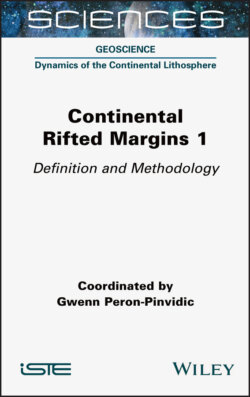Читать книгу Continental Rifted Margins 1 - Gwenn Peron-Pinvidic - Страница 16
1.2.2. Plate tectonic setting classification
ОглавлениеRifts develop under extensional stress regimes. Even though the structural context sounds straightforward, the regional tectonic setting can span a wide range of situations between the end-member convergent (with fore-arc, back-arc, retro-arc and intra-arc basins) and divergent settings (with rift and rifted margin basins). Hybrid structural contexts are also encountered. Within each setting, several types of basins can be categorized, depending on the tectonic stress regime of the basin itself (divergent, strike-slip, transform, transtensional, transpressional), the composition of the basement (continental, cratonic, oceanic), the sediment supply (sediment-rich, sediment-starved), the magma supply (magma-rich, magma-poor) and the presence of salt. Numerous other parameters are also recognized as strongly influencing the development and final geometries of the rift, such as the thermal structure, lithospheric rheology, inherited structures, crustal composition, opening geometries and extension rate. The interplay between these parameters is still poorly understood.
We review the main rift classifications and their characteristics. In order to construct a clear list of the various types of rifts, we follow Ruppel’s (1995) early approach and propose that we first classify rifts based on their regional tectonic setting: intracontinental, convergent and divergent. This results in an overarching basic classification that has the advantage of embracing the majority of rift basin types, although some hybrid and alternative cases are always possible. The influencing parameters will be summarized in the next chapter.
